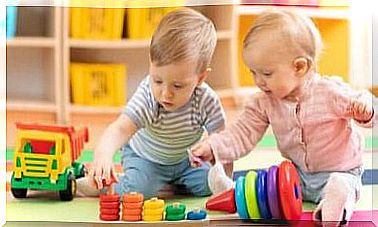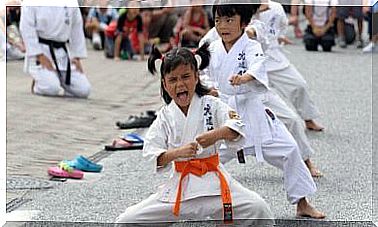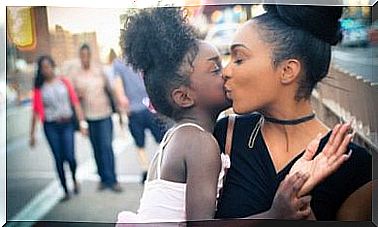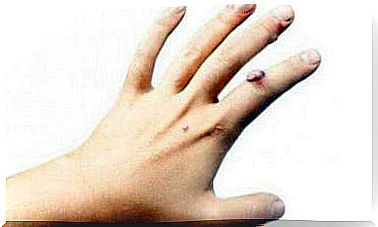Classroom Punishments
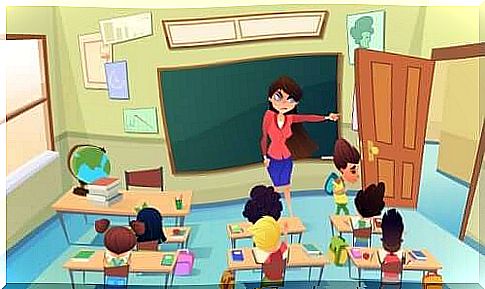
Punishments in the classroom are something that must be taken into account among aspects of teacher education. Currently, teachers should not only be knowledgeable about the subject they teach. This knowledge must go further, and for that they must enter the classroom with practical skills to manage it.
One of the most important aspects of training future teachers is teaching them to lead a classroom. In fact, there is a lot of research showing that students learn best in attractive and organized environments. However, each child is different and responds to discipline differently as well.
What kind of unproductive behavior usually takes place in the classroom?
Unproductive behaviors (known as misbehavior) of students can be grouped into the following types:
- Low-level disturbers .
- Uninterested.
- Aggressive and antisocial behaviors .
Low-level disruptive and disinterested behaviors among students are what we find most often in the classroom. Teachers find it difficult to control them. Aggressive and antisocial behaviors are infrequent.
Usual Punishment Strategies in the Classroom
For many years, teachers have relied on two intervention strategies to contain unproductive behaviors:
- Rewards, which are used to promote good behavior.
- Sanctions or punishments in the classroom, with the purpose of deterring students from disrupting the learning environment.

In Spain, for example, until relatively recently, corporal punishment was used in the classroom. In fact, this was only a few decades ago. After the prohibition of corporal punishment in education, the most common is to introduce staggered punishment systems in the classroom.
Scaled Punishment Systems
Scaled punishment systems in the classroom are a set of “consequences” that increase in severity. Generally, they are used for all kinds of bad behavior.
- These staggered approaches usually start with a caveat.
- The next step is to get the student to spend some time outside of class.
- In a next step, students are sent to some higher authority in the school (coordinator or principal).
- Finally, there can be suspensions and expulsions.
This approach may seem sensible because it allows the teacher to keep teaching and other students to keep learning. However, it ignores the root of the problem.
“Offensive” students find it difficult to get back to learning after missing a class, and even more difficult to move on without attending school.
How to stop bad behavior and avoid punishment in the classroom? Teachers seem to realize that threats and actions that keep students away from learning don’t always work. This is supported by most international surveys.
The evidence clearly shows that relying on punitive approaches to managing behavior, such as grounding students, is not effective in solving the problem. In fact, the problem gets worse over time.
Prevention: the secret
Without a doubt, the key is to focus on prevention. By taking into account the physical environment, curriculum, resources and teaching method, for example, we can prevent students from becoming disconnected and therefore becoming a disruptive factor.
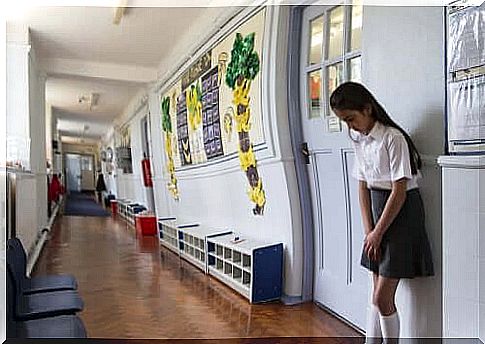
Therefore, teacher education should include an important piece of data from which they learn techniques to create learning environments that are not only attractive but also organized.
The most common behaviors in the classroom are low-level disruptive and disinterested behaviors. Therefore, it is essential to prevent them from happening.
In addition, teachers should try to seek more understanding and move towards a teaching method that includes avoiding conflict. All of this will always be better than trying to “fix” student behavior using rewards and consequences.
In short
Certainly, teacher education courses should teach approaches, skills and strategies to manage misbehavior in an educational and supportive way. And most importantly, teachers must focus on strategies to prevent this behavior from happening.


